The goal of this project is to enable simple but complete interaction with any telephone, of any era, with no disassembly or modifications to the original telephone.
Most Recent Updates:
Features
The Phone Friend can:
- Detect when the handset is on or off hook
- Generate dial tone, ringing tone, busy tone, any tone really.
- Read digits from DTMF keypads and pulse dials from rotaries.
- Send audio to the handset speaker
- Get audio from the handset mic
- Ring the original bells.
- and more!
 Steph
Steph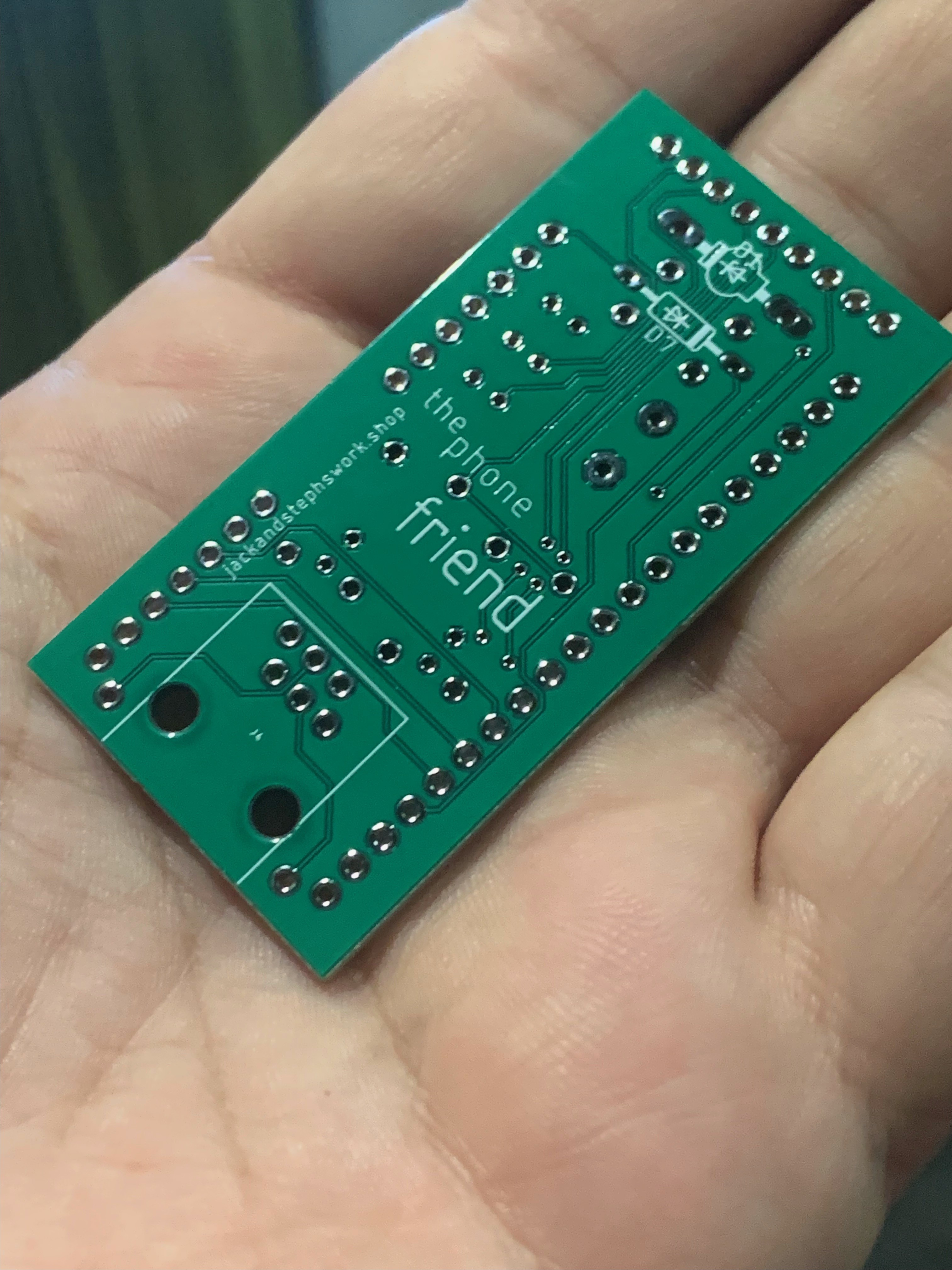
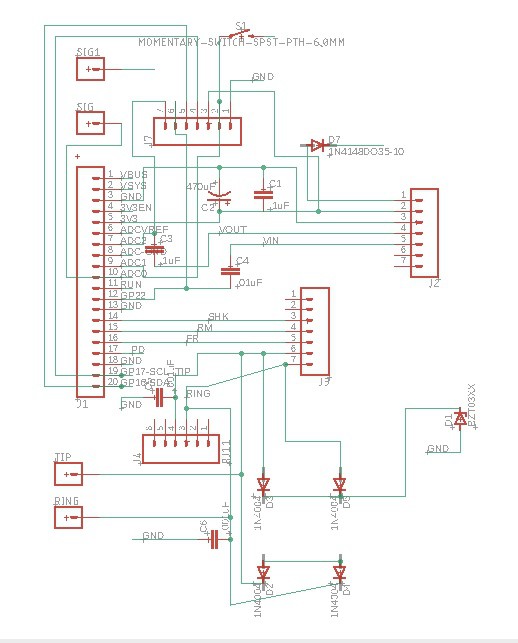
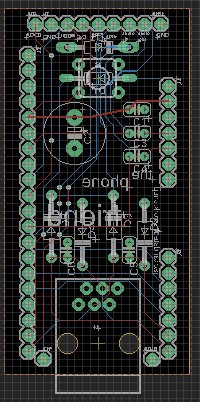




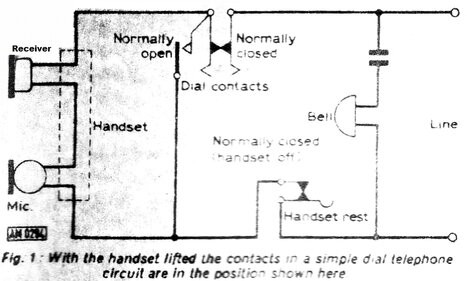
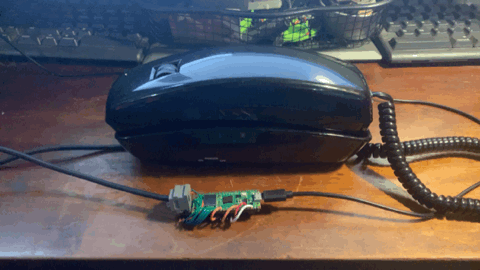
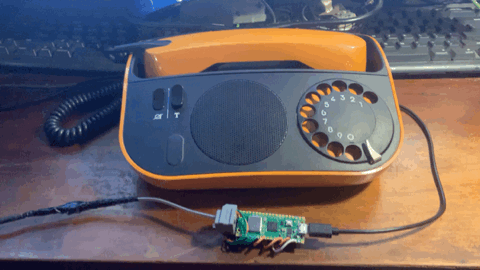
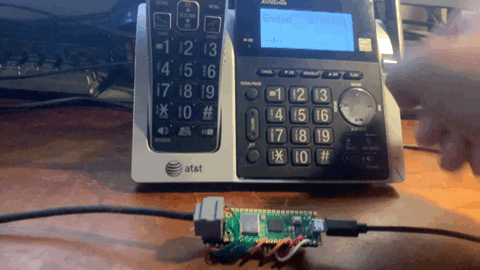
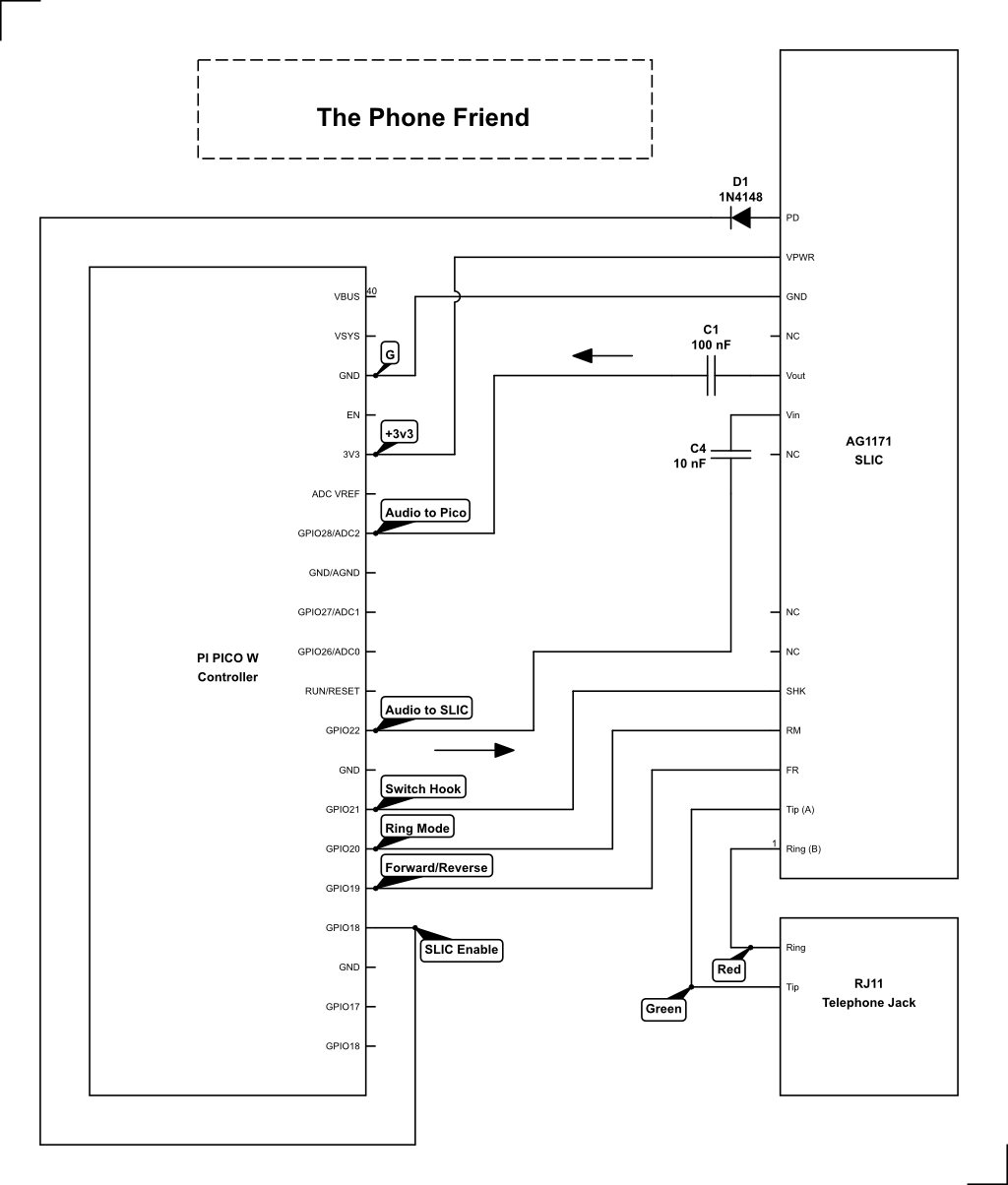
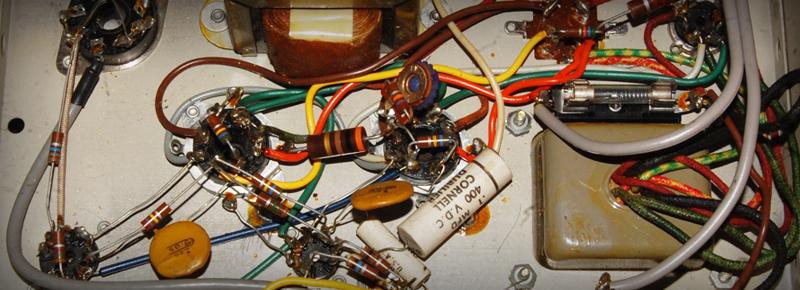
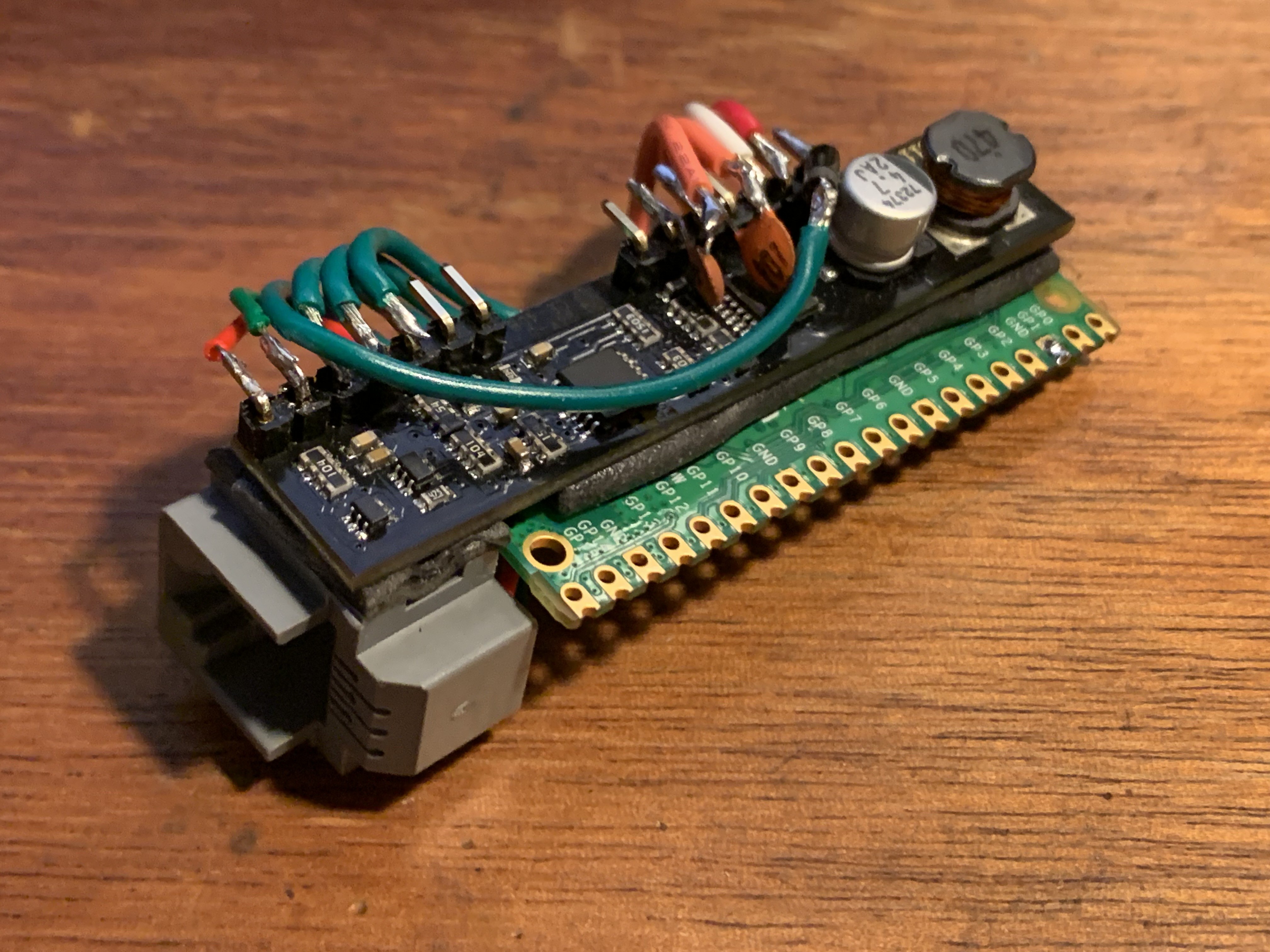
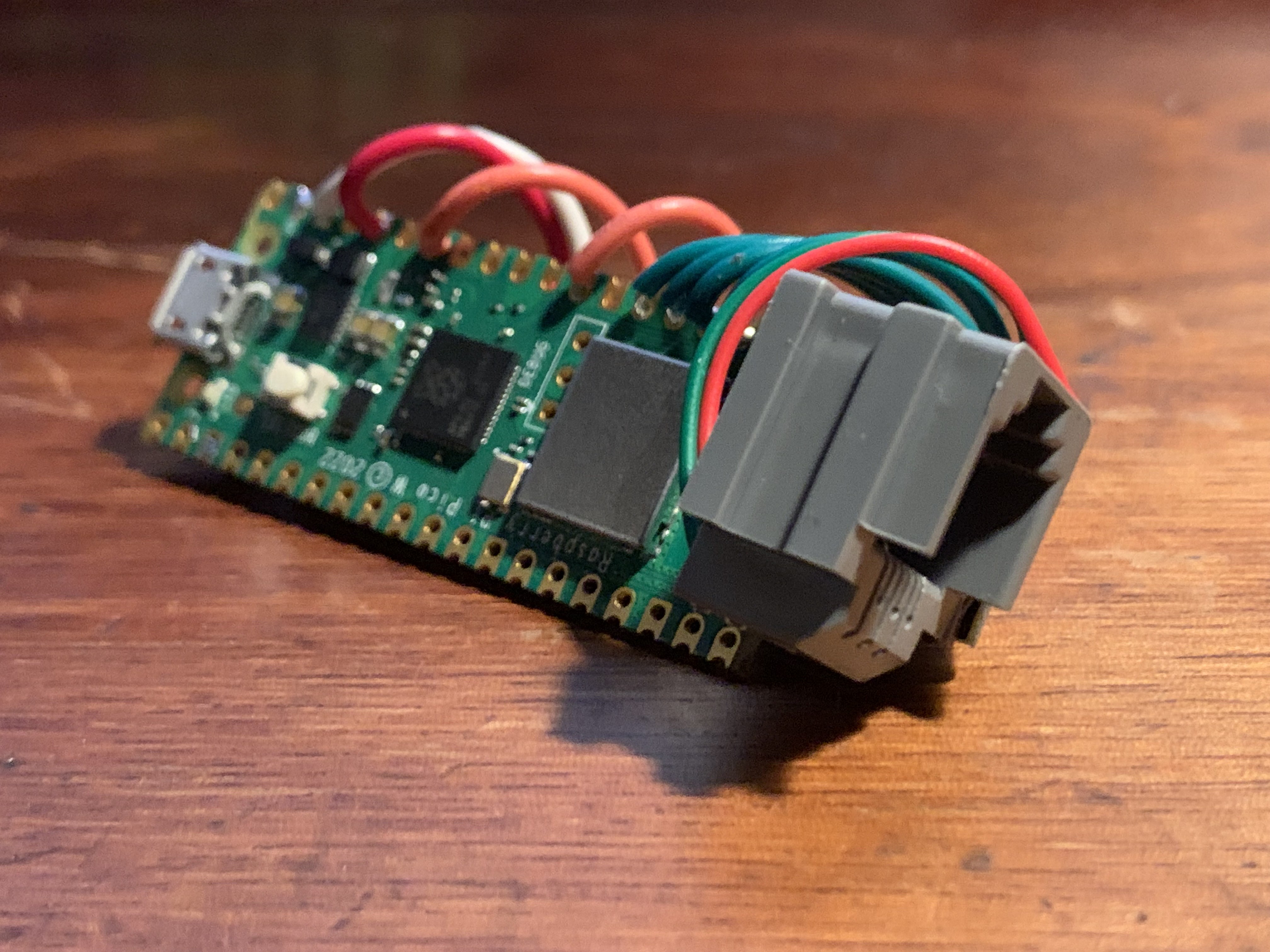
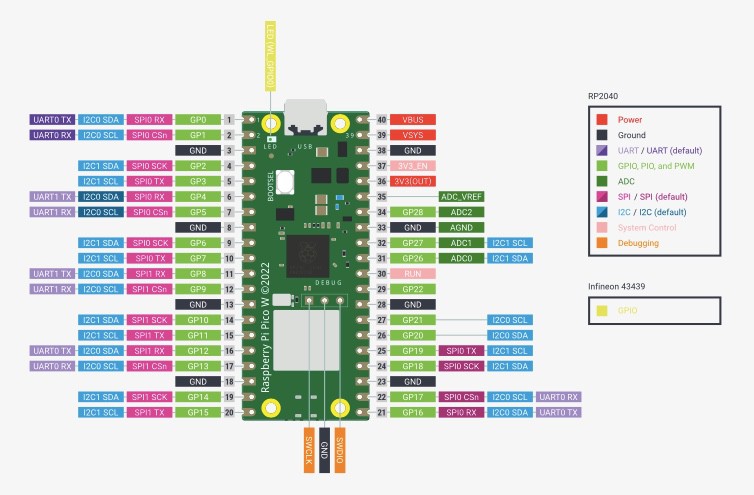
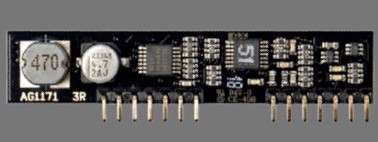
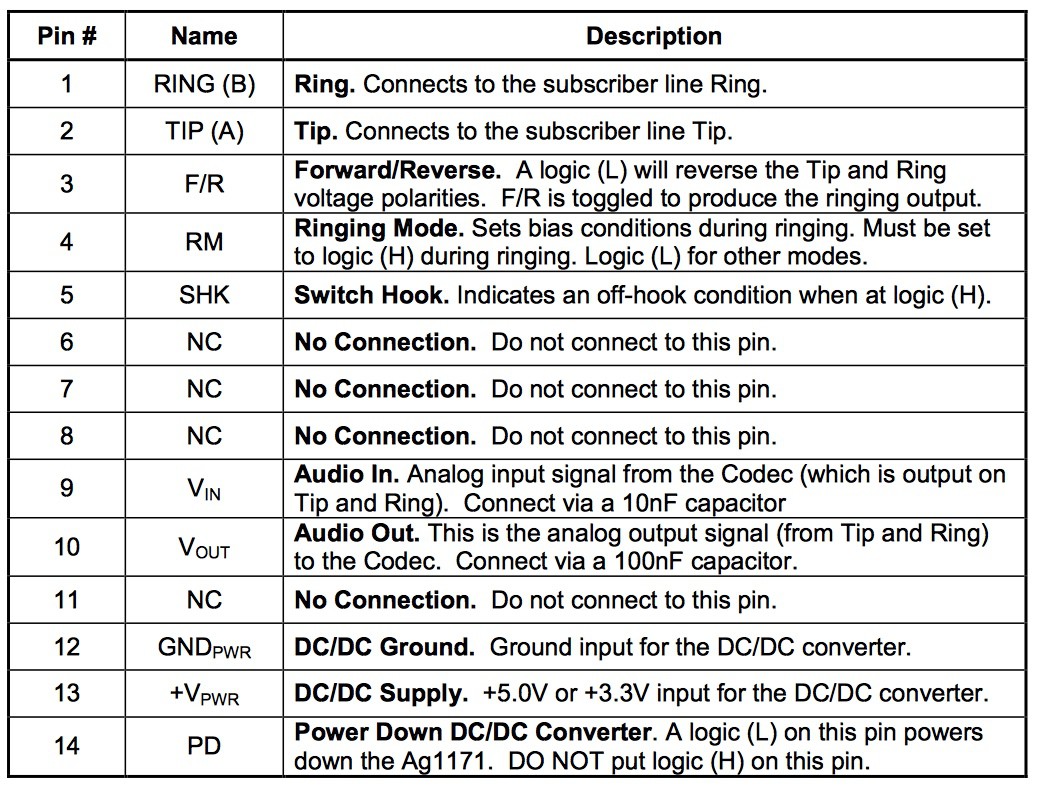


Thanks for all the great data you're posting. You've answered several questions I've had for a long time.
Do you plan to bring all this to the point of being able to use one of these old phones using SIP or something like that? (maybe a dumb question). That's been hanging in the back of my mind for some time, but I still have not dedicated enough time to find out if it's even possible. I know there used to be gear you could buy on Amazon that supposedly would let you use an analog phone with a Voip service, but they leave me a bit unconvinced.
At any rate, what you're doing here is fascinating and informative. Thanks!